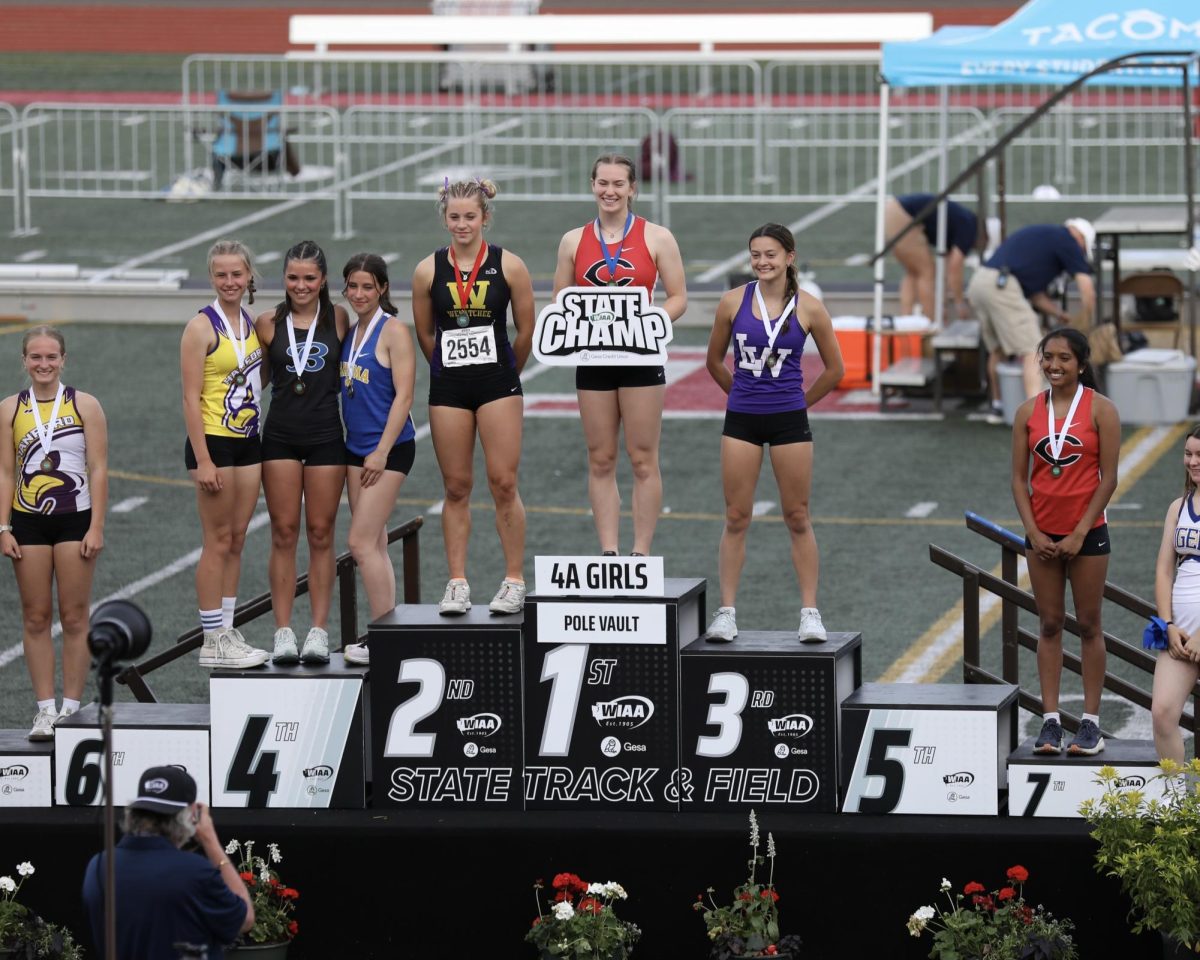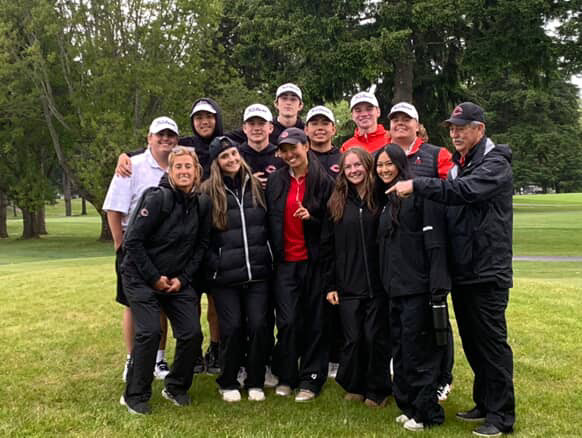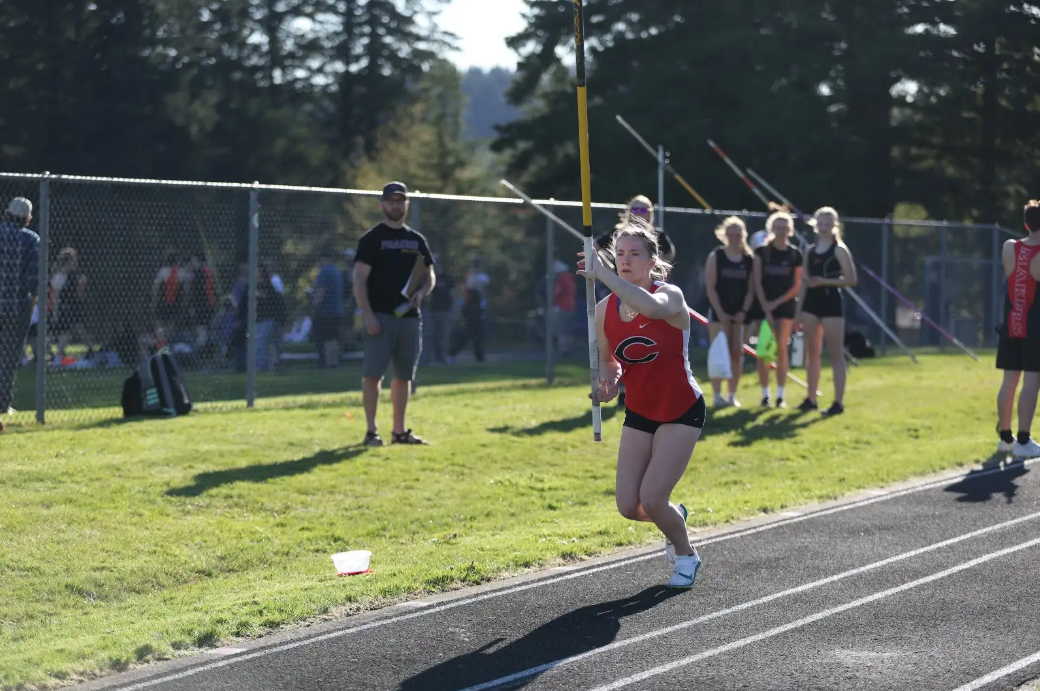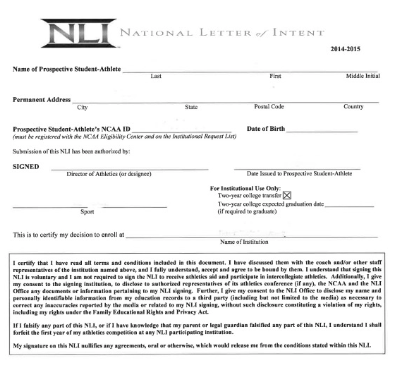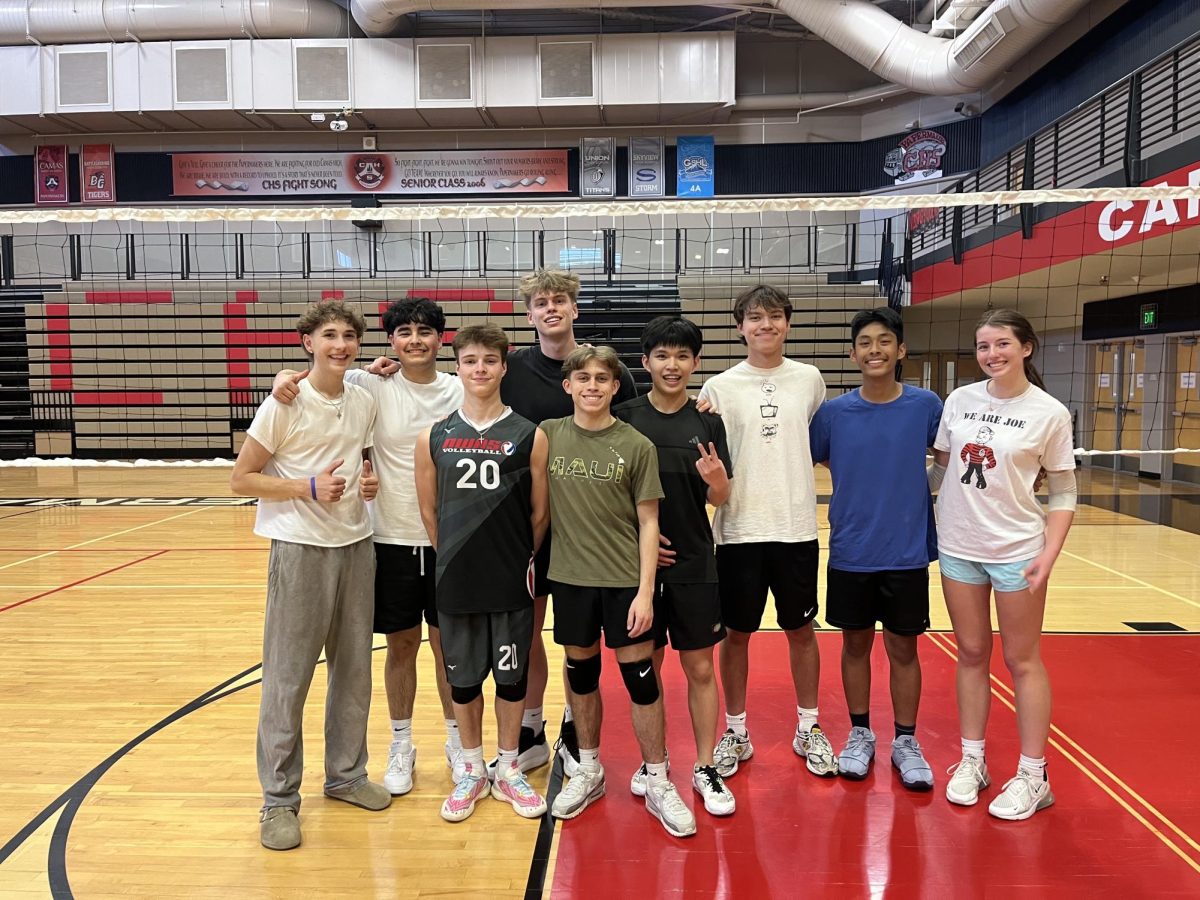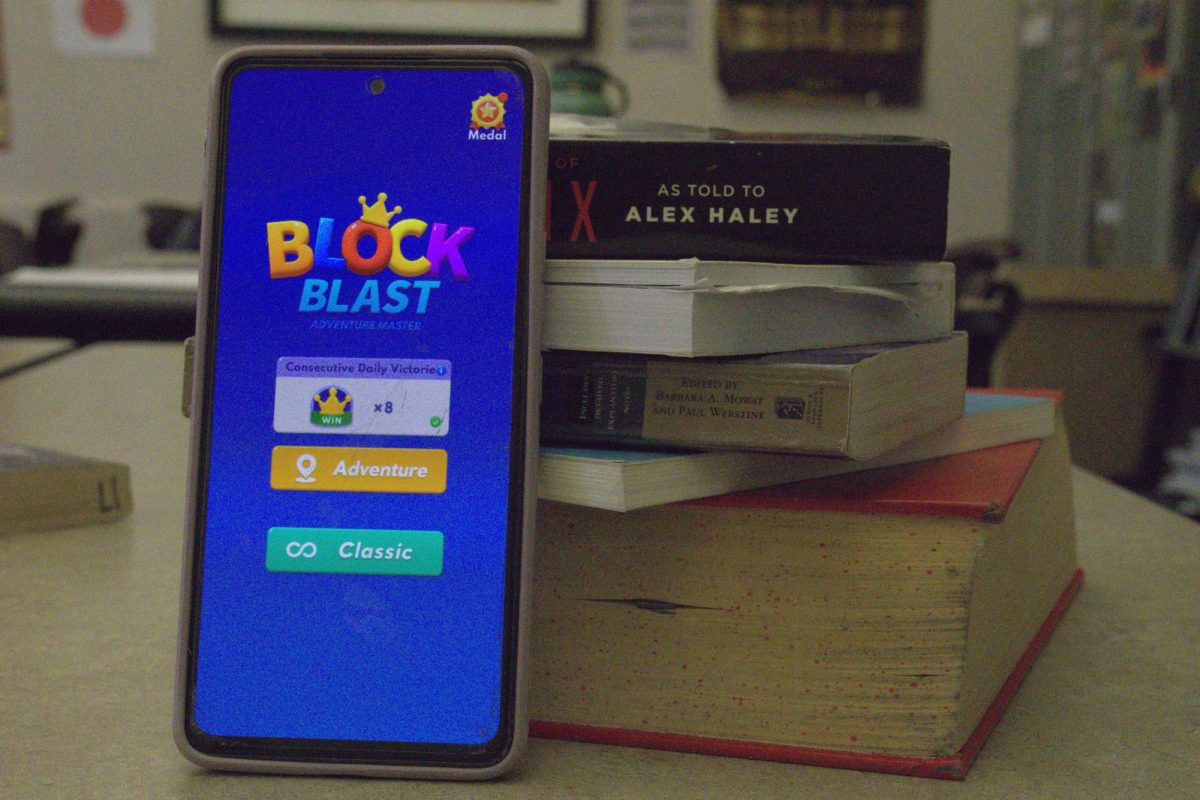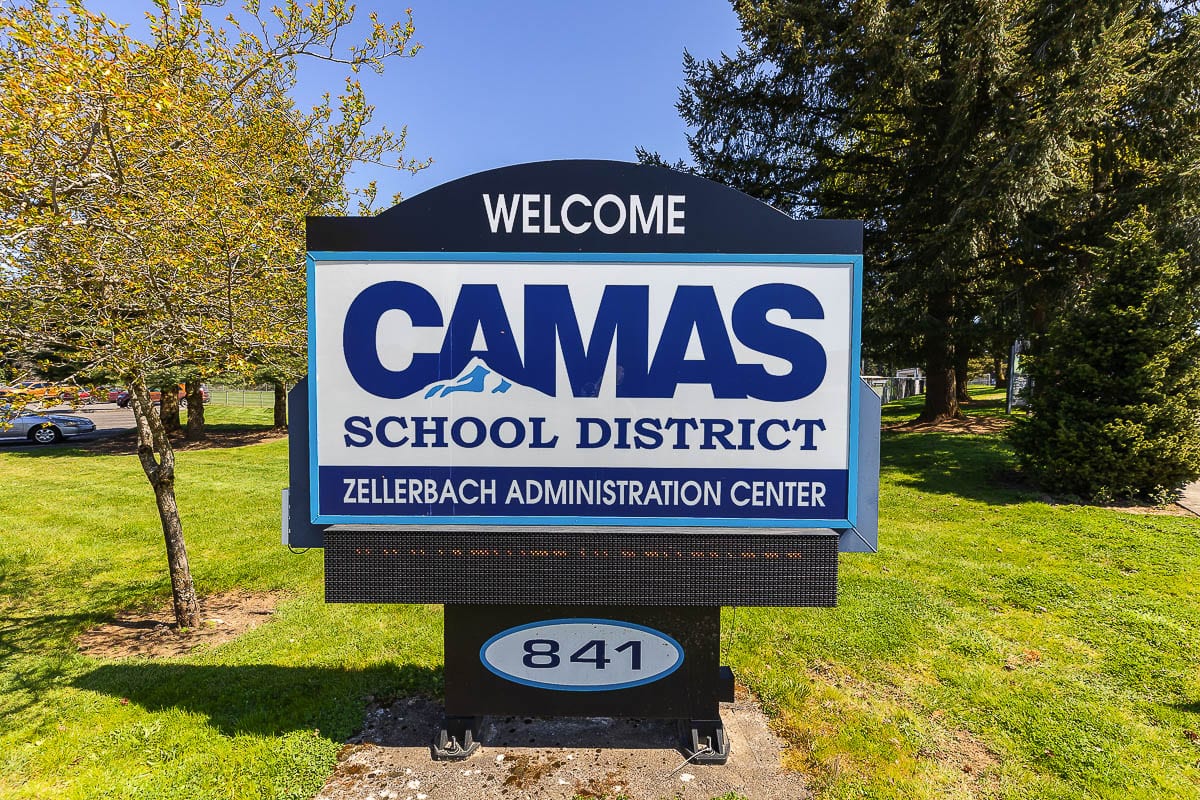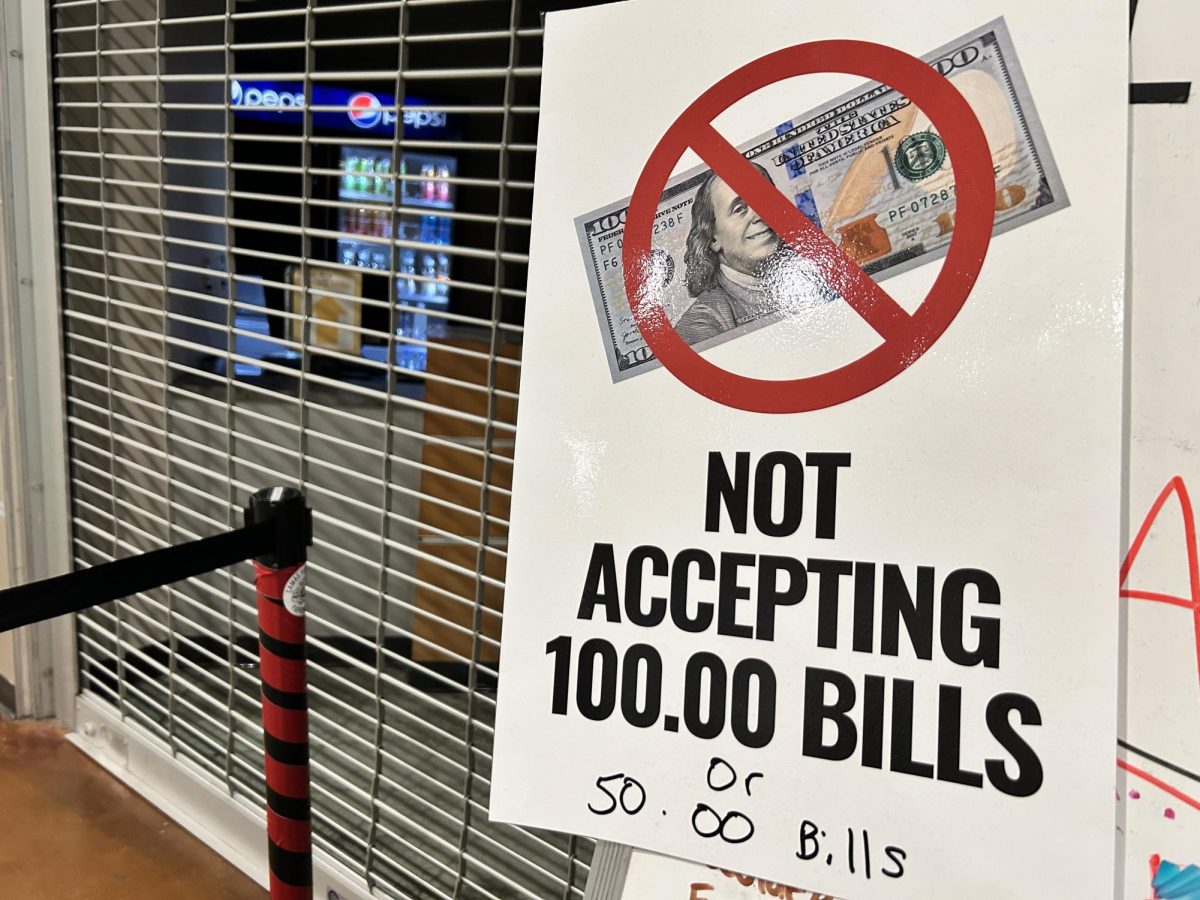In 1964, high school athlete’s started signing an agreement called the National Letter of Intent (NLI) which acted as an agreement between the athlete and the college. Today, athletes are still signing that same agreement.
What is the National Letter of Intent exactly?

“It acts as a written agreement between a college or university and the student-athlete stating what their role with the team is,” Rory Oster, the Athletic Director at Camas, said. The NLI provides how much the school will pay off of the athlete’s tuition; it also ties that player to the school for at least one year.
Why do athletes sign it?
It basically gives the athlete security with the school they sign with. That school has to provide at least one year of paid tuition for the athlete as long as they can keep their grades up. The only way a school can cancel a recruits signing is if they get in trouble with the law.
How many signing periods are there per year?
There are many signing periods throughout the year, depending on the sport. Basketball has two (November and April), Football has two as well (December and February), and every other sport can sign at any time between November and August.
Are there any differences between schools for the NLI or is it the same all around?
“Every school is gonna have some differences in the writing on the letter. It could be the amount of financial aid the school is offering, a full ride, or a percentage,” Oster said. The letter also lays out how many years the scholarship will be for.

During the spring signing period, Camas had 11 athletes sign the National Letter of Intent. Four of those were to division one universities.
The National Letter of Intent has become a very important piece to the conclusion of an athlete’s recruiting process. After all of the hard work that they do to become a college athlete, reaching that next level all begins with a signature on a piece of paper.

